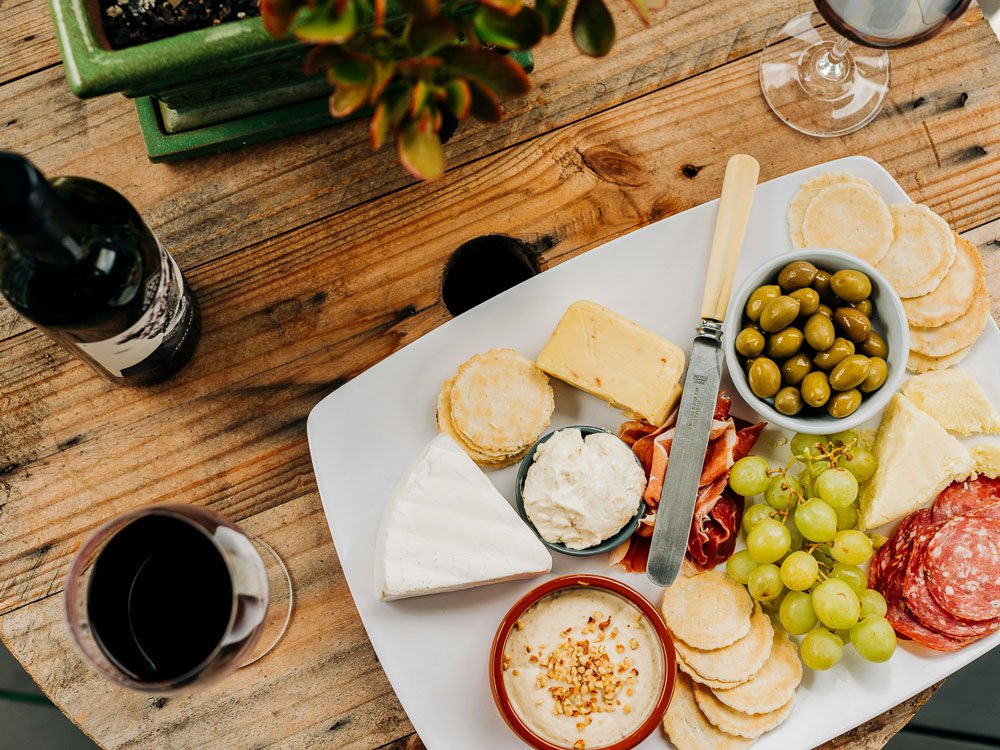Going on Lisbon food tours is one of the best ways to get to know Portugal’s traditions and history. Here’s a complete guide to help you find the best tour for you!
As one of Europe’s oldest countries, Portugal’s cuisine is known for being very traditional, unique and distinctive, with various elements and flavors that reflect its maritime history and local customs. That’s why going on Lisbon food tours is such a sought-after experience for all kinds of visitors!
They’re a great way to experience the city’s diverse culinary treats, from sweets to the traditional codfish, with the expertise of local guides. To help you find the one that best fits your interests, I’ve decided to share some of my favorite food tours in Lisbon.
Whether you prefer going on the most popular tours or exploring lesser-known streets on your own, I’m sure there’s something here that will catch your eyes. So, join me and let’s dive right in!
Index
- Lisbon cuisine: an overview
- Is Lisbon good for foodies?
- What is Lisbon’s signature dish?
- Recommended Lisbon food tours
- Cuisine in different neighborhoods
- Street food in Lisbon
- Vegetarian and vegan options
- How to select the right tour?
- Practical tips for dining out in Lisbon
- FAQs
1. Lisbon cuisine: an overview

Portugal’s food culture was greatly influenced by its history of exploration and trade. Much of the tastes commonly found in traditional foods were brought back from Portugal’s colonies, which introduced spices and cooking methods such as grilling sardines and preparing slow-cooked stews.
The city’s culinary identity is rooted in the use of fresh, local ingredients and recipes that were handed down over generations. This is the case even when it comes to restaurants, as they often offer a mix of traditional dishes with contemporary influences, providing a dining experience that remains true to Portuguese flavors while integrating global tastes.
That’s why food tours are a must to really get to know Lisbon’s food scene and learn about local eating habits and why certain tastes are valued here.
2. Is Lisbon good for foodies?
In short, yes, it is! In fact, Lisbon is a very popular destination among food lovers. That’s because it provides a wide range of culinary options, including fresh seafood from the Atlantic, street foods, local produce, and mouth-watering pastries.
Besides that, Lisbon is also famous for petiscos, which are small plates similar to tapas, great for tasting several different options. And, of course, there’s ginja liqueur and delicious wines that complement the diverse food scene.
So, yeah, it’s safe to say that if you’re a foodie you’ll definitely fall in love with Lisbon’s cuisine!
3. What is Lisbon’s signature dish?
When thinking about Lisbon’s dishes, you probably go straight to bacalhau (salted cod). And, while Portugal’s cuisine offers a lot more variety, it is true that cod is one of the most fundamental ingredients to the Portuguese culinary scene.
You’ll notice that it appears in many forms throughout the city’s restaurants, such as:
- Bacalhau à Gomes de Sá, which combines the fish with potatoes, onions, and eggs;
- Bacalhau à lagareiro, roasted with olive oil and garlic;
- Bacalhau às natas, a casserole that consists of baked cod with onions, potatoes and double cream;
- Bolinhos de bacalhau, cod fritters.
Sardines are another staple of Lisbon’s cuisine, especially in street festivals and during Saint Anthony’s Day, the city’s patron saint. That’s when the streets become filled with the aroma of grilled sardinhas, which are typically grilled and enjoyed on bread or as part of a meal.
And, of course, I can’t not mention the (rightfully) world-famous pastéis de nata. Originating from the Belem district, these delicious crispy-crusted custard tarts are probably the most popular dessert across Portugal, as it’s truly a treat for any time!
3.1. Conventual sweets
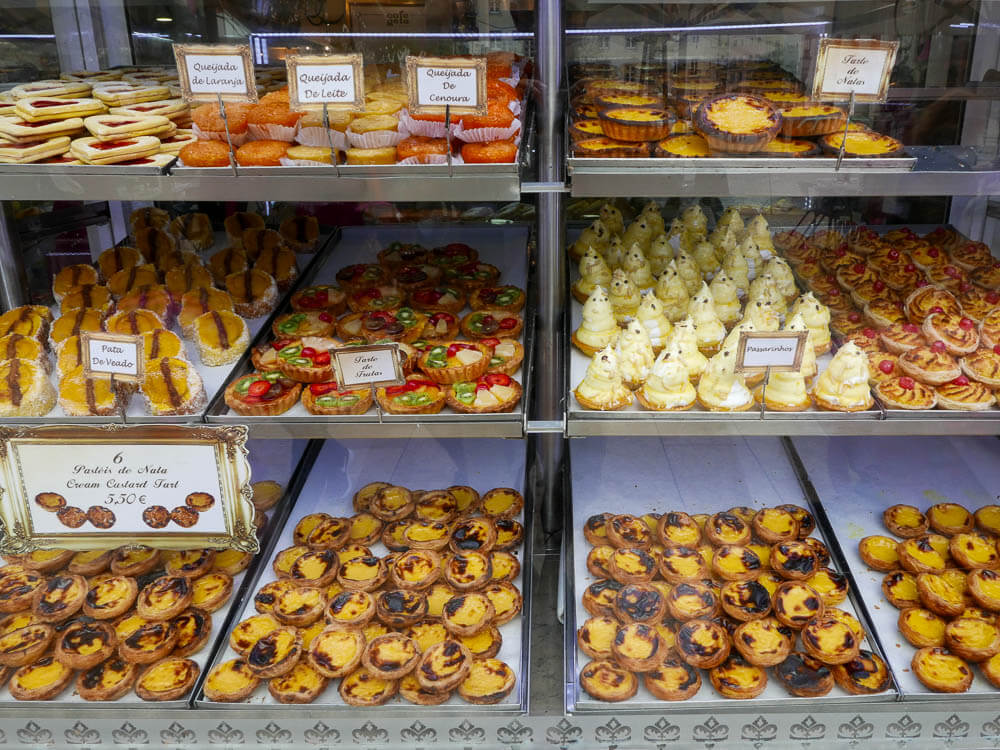
Conventual sweets are an integral part of Portuguese pastry, with roots in the monastic practices of the country. Pastéis de nata is the most famous example of Portugal’s traditional conventual sweets, made originally with surplus egg yolks by monks and nuns, but it’s far from the only one.
Other varieties include:
- Bom bocado, a simple mix of almonds and eggs
- Papo de anjo, egg yolks in syrup;
- Barriga-de-freira, a combination of cinnamon and bread crumbs;
- Fios de ovos, thin egg strands boiled in sugar syrup;
- Pão de rala, almond cake;
- Toucinho do céu, which uses almond flour.
3.2. Portuguese breakfast traditions
In Lisbon, breakfast typically features a mix of savory and sweet, which usually includes one (or more) pastel de nata and bread with cheese and ham, or cured ham. Another popular choice for breakfast is bolo do caco, a Madeiran bread usually served with garlic butter or filled with meats like chorizo or steak.
Besides that, it’s very common to have an orange juice and/or meia de leite (latte) to accompany the meal. You can expect a very complete breakfast to provide a lot of sustenance for the day. The Portuguese really take the whole “breakfast is the most important meal of the day” seriously!
4. Recommended lisbon food tours
4.1. Secret Food Tours
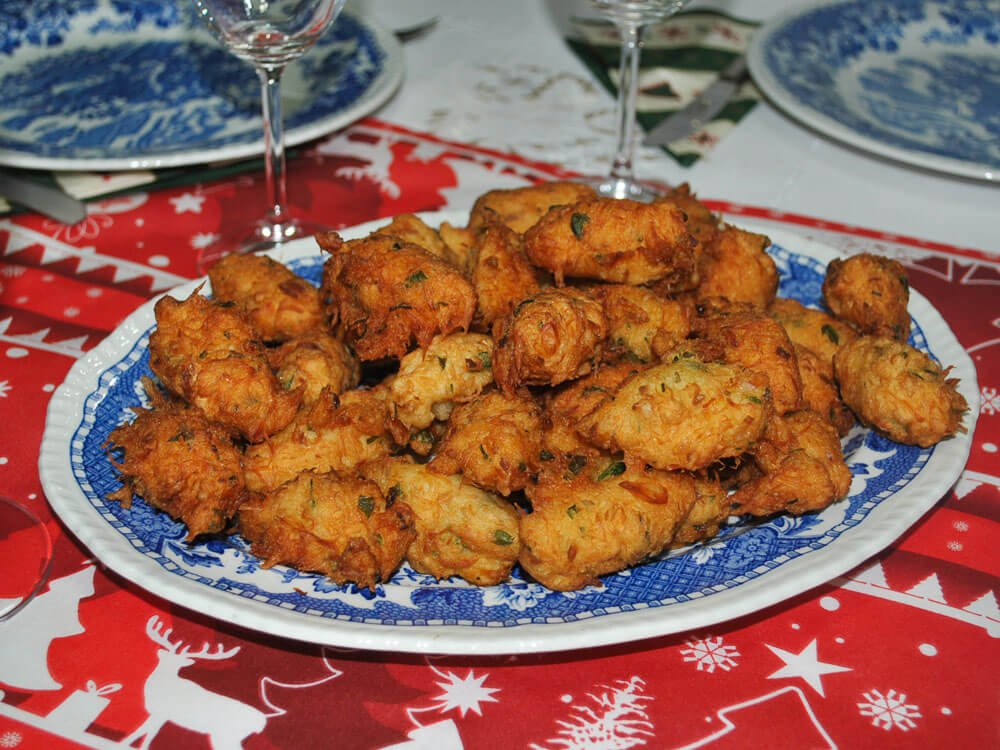
A Lisbon Walking Food Tour with Secret Food Tours will provide a closer look at Lisbon’s food culture, with local guides that have extensive knowledge of the city’s culinary traditions. These tours give access to lesser-known spots favored by residents but often unnoticed by visitors.
In this tour, you’ll explore Mouraria, a medieval-style neighborhood, stopping at tascas to sample typical dishes, such as sardines, cured-meats, various petiscos and wines.
So, if you’re interested in authentic Portuguese food, you might consider joining this walking food tour in Lisbon that avoids tourist-heavy areas and features smaller groups, ideal for a more intimate experience.
4.2. Treasures of Lisboa
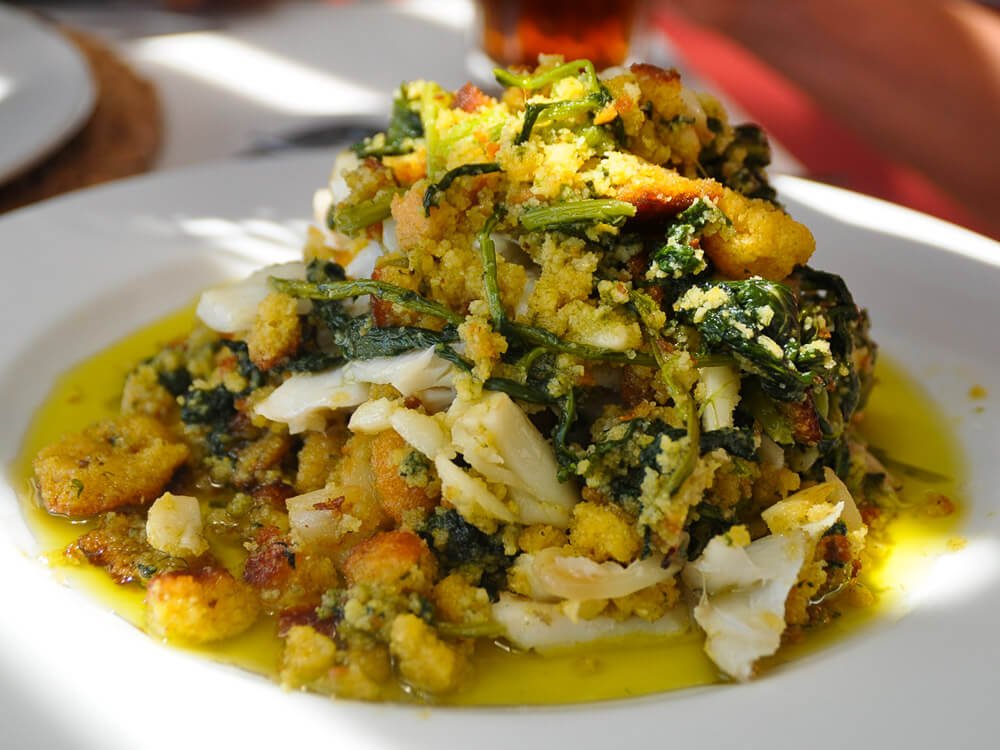
This Treasures of Lisboa Food Tour offers tastings that highlight Lisbon’s cuisine and Portuguese traditions, with a focus on supporting family-run businesses, allowing for genuine interactions with local proprietors.
It will take you through the historic Alfama district to sample local dishes, including wines and pastries, combining culinary enjoyment with historical context. It also features small group settings, making it ideal for personalized interactions.
For those looking for genuine gastronomic experiences in Lisbon that capture the essence of local culture, Treasures of Lisboa is worth considering!
4.3. Taste of Lisboa
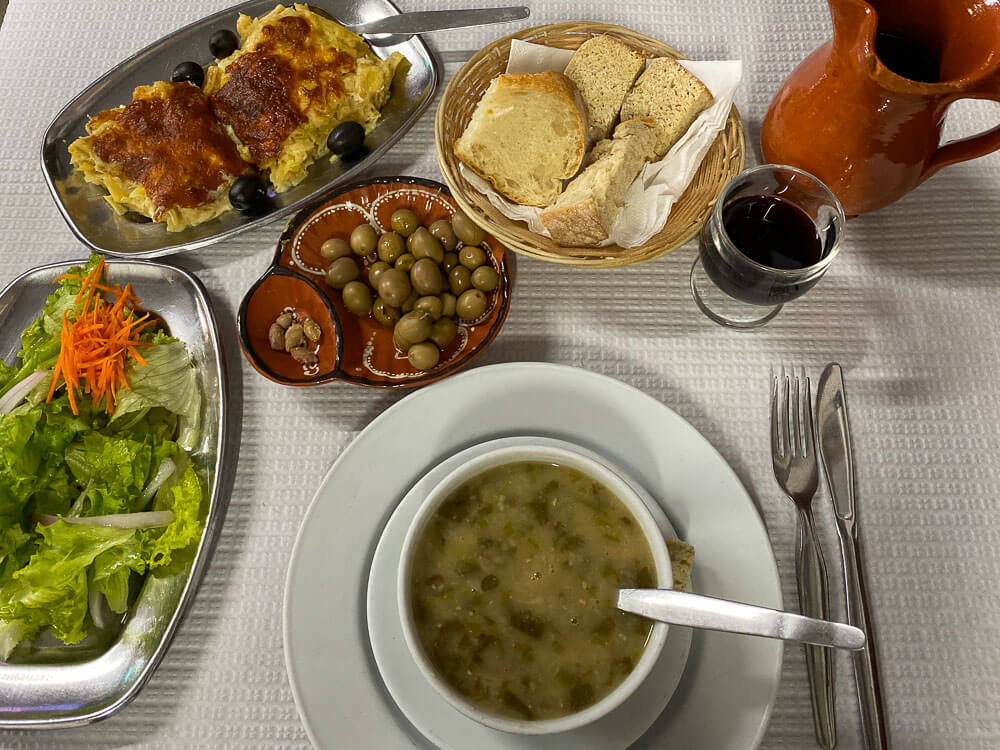
The Lisbon Roots tour by Taste of Lisboa provides walking tours led by locals, allowing participants to try different types of Portuguese dishes and wines while learning about the connection between food, culture and history.
In this tour, you’ll visit a selection of lesser known restaurants, popular among residents, to taste traditional flavors and learn about their historical background and other aspects of life in Lisbon. It’s a very genuine experience, with a small group to facilitate the interaction with guides who are well-acquainted with the city’s areas.
4.4. Your Friend in Lisbon
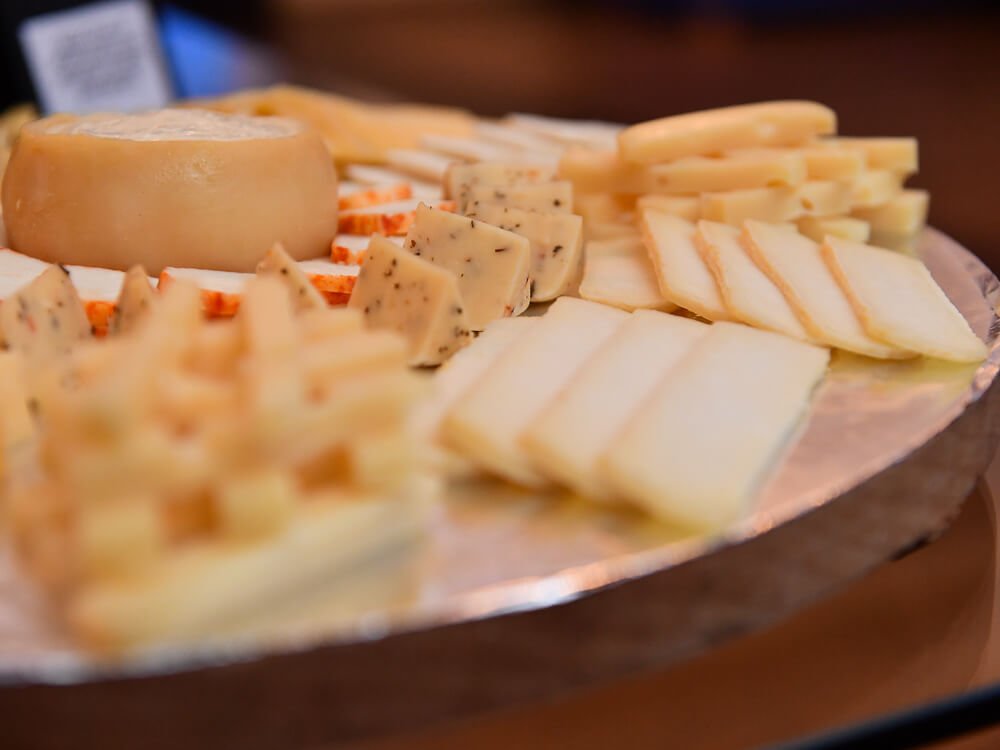
Your Friend in Lisbon’s private walking tour offers private food tours that provide a personalized experience of the city, with local guides leading visitors through an exploration of the neighborhoods of Baixa, Chiado and Bairro Alto.
Tours are customized to meet individual preferences and aim to enhance guests’ understanding of Portuguese food through direct engagement with local dishes. The company’s recommended food and wine tour introduces participants to Portuguese wines, cheeses, pork charcuterie, and Pata Negra ham.
For those interested in discovering Lisbon’s lesser-known culinary spots, Your Friend in Lisbon provides carefully curated food tours that emphasize select locations over quantity, an approach that has earned them recognition for offering quality experiences!
4.5. Culinary Backstreets
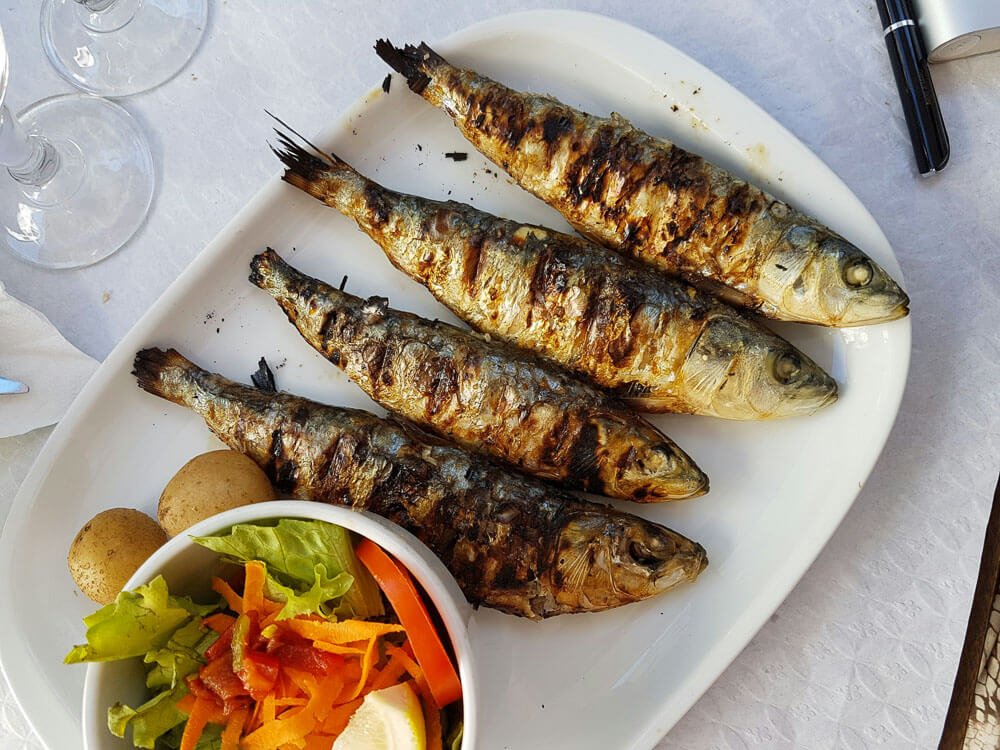
Culinary Backstreets is a company that began in Istanbul and now offers tours in many other international cities, including Lisbon. Their tours mainly aim to introduce visitors to established gastronomic customs and local dining spots that are staples in their communities.
I recommend the Song of the Sea tour by Culinary Backstreets, which focuses on the importance of fish and seafood in Lisbon’s diet. It will take you through parts of Lisbon’s port that are not as well-known, sampling fish and seafood dishes that showcase typical Portuguese tastes and cooking methods.
This particular tour ends at a cervejaria, a place where beer is served with good seafood, which is honestly the perfect ending to the experience! It’s no wonder Culinary Backstreets has earned a reputation as one of Lisbon’s most notable food tour providers for understanding Portugal’s maritime food culture!
5. Cuisine in different neighborhoods of Lisbon
Alfama, the oldest neighborhood in Lisbon, is the place to go to find grilled sardines and stews, staples in local establishments that have preserved their recipes over time.
Baixa, on the other hand, is a haven for sweets lovers. This area is full of cafes that serve pastries and coffee, often included in food tours in Lisbon. Also famous for their pastry is Belém, to the west of the Tagus River, known for the original recipe of pastéis de nata, at Pastéis de Belém, as well as great seafood restaurants.
Chiado offers a range of dining options from upscale restaurants to more casual spots and long-standing cafés. It’s the ideal neighborhood for those interested in both modernity and historical ambiance. Meanwhile, Bairro Alto provides a different atmosphere with its small taverns and eateries offering petiscos along with classic dishes.
Cais do Sodré is known for mixing old-style cuisine with new culinary trends in its various bars, eateries, and markets. Campo de Ourique has a similar vibe, with a very popular market and plenty of restaurants and cafés.
Areeiro stands out for being more budget-friendly while still hosting various local dining spots and bakeries. It’s probably the best place for those looking to enjoy a great variety of delicious food at lower prices.
6. Street food in Lisbon
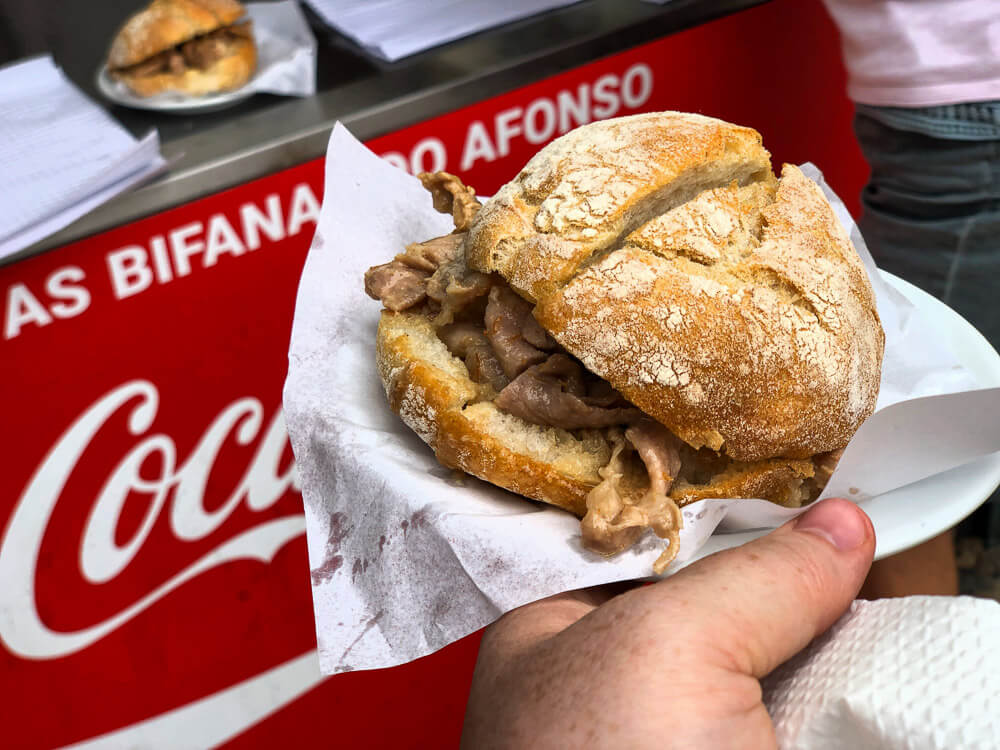
Lisbon may have a lot of upscale restaurants, but it’s also a place where street food is very much appreciated! They’re very commonly featured in Lisbon food tours, presenting as affordable options that appeal to locals and tourists alike.
One very famous option is the bifana, a marinated pork sandwich that is very common in festivals and markets such as TimeOut. Bolinhos de bacalhau, or cod fritters, are also a staple of Lisbon’s street food scene, and probably my favorite (not so healthy) afternoon snack.
Other popular options that you’ll mostly find at touristy spots or during festive events are churros covered in sugar, roasted chestnuts, grilled sardines, chorizo sausage and prego rolls, which are sandwiches with marinated beef or pork with garlic spices in bread rolls.
7. Vegetarian and vegan lisbon food tours
Even though Lisbon’s culinary scene relies on a lot of traditions, the city’s had an incredible response to the increased interest in vegetarian and vegan options. Now, it’s not hard to find restaurants and cafés that serve plant-based versions of traditional Portuguese dishes.
So, if you don’t eat meat, don’t worry: Lisbon is for everyone! You’ll be able to find vegan pastéis de nata, vegetable stews, and alternatives to traditional seafood like codfish cakes made without meat.
Menus often include these items or offer the possibility to adjust dishes upon request, allowing those on plant-based diets to have the full Portuguese food experience.
There are even vegan festivals and events taking place in Lisbon from time to time, displaying new recipes, holding cooking classes, discussions on sustainable living, and networking opportunities for people interested in veganism.
And, if you’re looking for food experiences that fit your lifestyle, there are several tailored food tours in Lisbon. Not only are there specific plant-based food tours, but it’s also possible to request vegetarian or vegan options on almost every food tour!
8. How to select the right lisbon food tour?
To find the right tour, it’s important to start with research. I always recommend looking into different tour providers and reading reviews to understand their service and customer feedback. Keep in mind that local guides often offer deeper insights into local history and culture!
Also, try to think of what you’d expect from a food tour. Do you prefer popular options or lesser-known spots? Would you rather go on a more intimate tour, with a smaller group, or have a more social experience with a larger one? How long do you want it to last, a full or half day? All of this matters when making your decision!
And, If you have dietary restrictions or allergies, make sure the tour can accommodate these needs without affecting the experience’s quality. Following these tips, I’m sure you’ll have the best time on your tour!
9. Practical tips for dining out in Lisbon
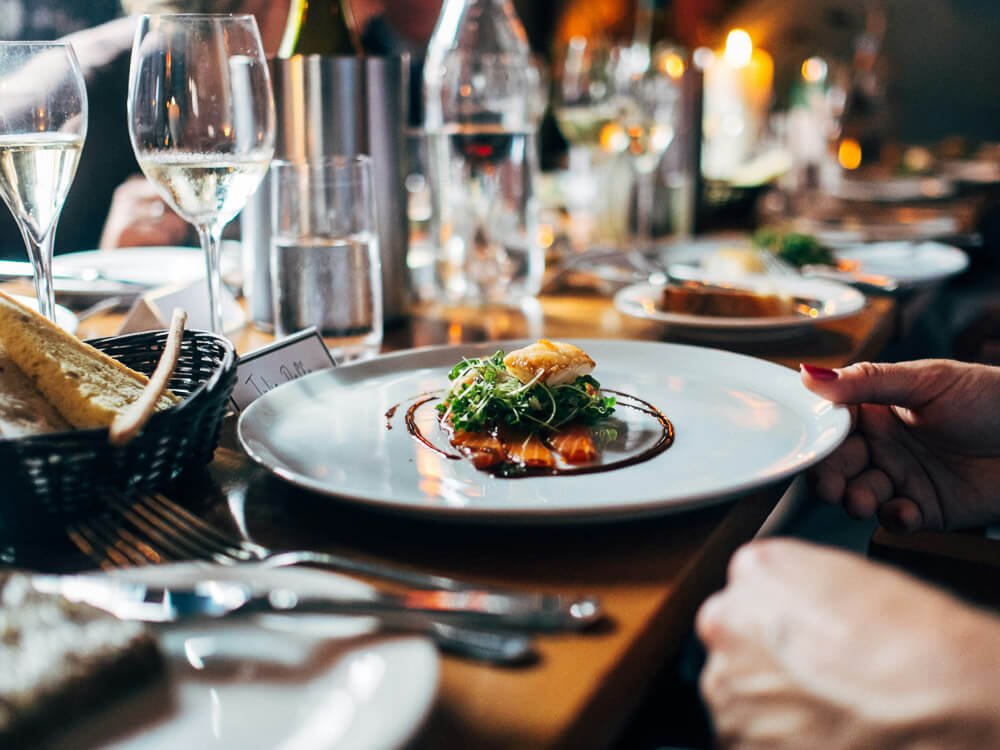
For dining at popular restaurants, reservations are recommended to avoid waiting, particularly if you’re joining food tours or visiting well-known establishments. And, if you make a reservation, make sure to arrive on time.
At the restaurant, follow the host to your table and keep in mind that restaurant portions in Portugal tend to be large, so sharing can help manage intake and allow you to try different dishes.
Bread and couvert, an appetizer selection, are typically served before your main course in Portugal. They may be complimentary or add extra charges to your bill, so make sure to check upon your arrival.
If you join a food and wine tour or go somewhere with live music or Fado performances, there could also be an additional fee for entertainment.
Restaurants often serve coffee at the end of the meal, with occasional complimentary digestifs like port wine. A simple obrigado (male) or obrigada (female) in thanks can make a positive impression and enhance your dining experience.
10. FAQs
– Where to eat traditional food?
If you want to taste some of the most traditional foods in Lisbon, I recommend that you head to a tasca. These are small taverns often run by families, a relaxed setting ideal to experience Portuguese meals as locals do, away from the main tourist areas.
Cervejarias, or beer houses, are also good choices for finding traditional foods. They’re known for their beer but also serve standard Portuguese dishes and petiscos as well, and are common spots for socializing over shared meals.
Local markets offer another option for experiencing authentic food. Markets such as Mercado da Ribeira or Mercado de Campo de Ourique feature stalls where you can find fresh ingredients and see traditional dishes being prepared on-site.
– Is tap water safe to drink in Lisbon?
Yes, Lisbon’s tap water is treated and tested to meet safety standards, making it suitable for drinking, so feel free to ask for tap water in restaurants, cafés and even hotels. However, some residents choose bottled water over tap for its taste or out of habit. Filtered jugs are also a common sight in homes, but preferences vary.
– Do you tip in Portugal?
Tipping is not as widespread or expected in Portugal. Instead of an arbitrary tip value, most restaurants include a service charge in the bill, making an extra tip unnecessary.
If you happen to dine out and find that there’s no service charge on your bill, leaving a tip of about 10% is considered courteous and a recognition of good service, but it’s not mandatory.
For services outside dining, like hotel staff or taxi drivers, tipping isn’t standard but a modest amount can be offered for satisfactory service. A small gesture of appreciation is always welcome if you feel particularly moved by the service provided.
Discover the taste of portugal with these lisbon food tours!
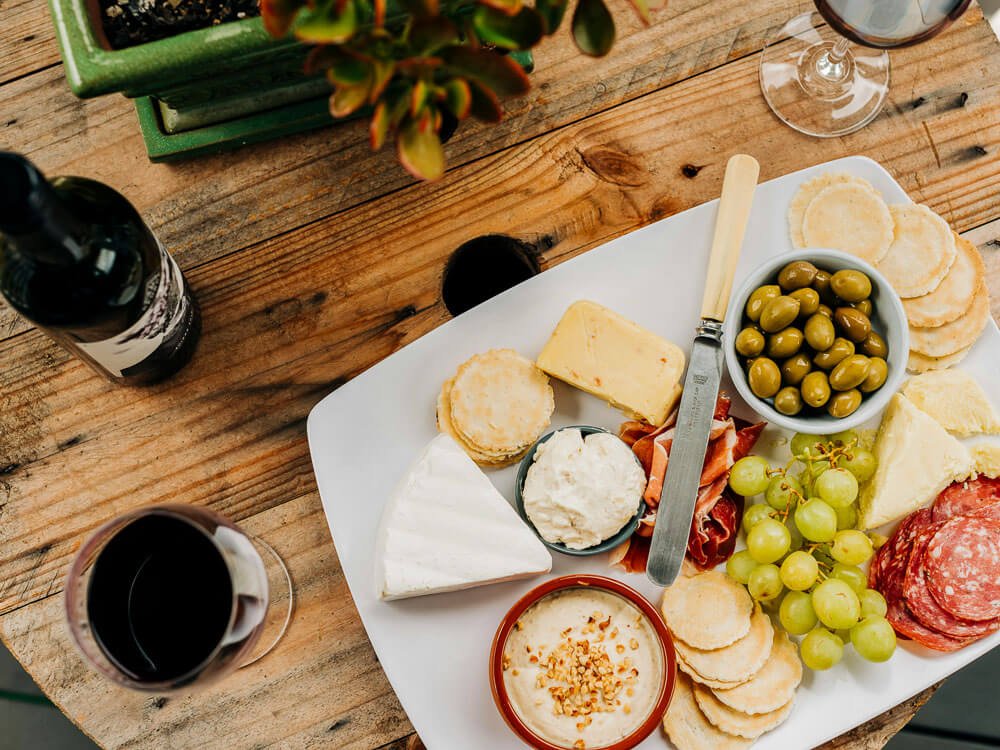
A food tour in Lisbon is more than a chance to try local dishes, it’s an entry point into Portuguese culture and history. These tours will give you access to neighborhoods rich in history, with genuine cuisine, and offer insight into the traditions that have influenced Lisbon’s food scene for centuries.
Whether you’re tasting petiscos or enjoying pastéis de nata, it’s not just about eating, but having meaningful interactions with locals and learning about Portugal itself. I highly recommend them to anyone looking to go on a journey into tradition and history through unforgettable tastes!

